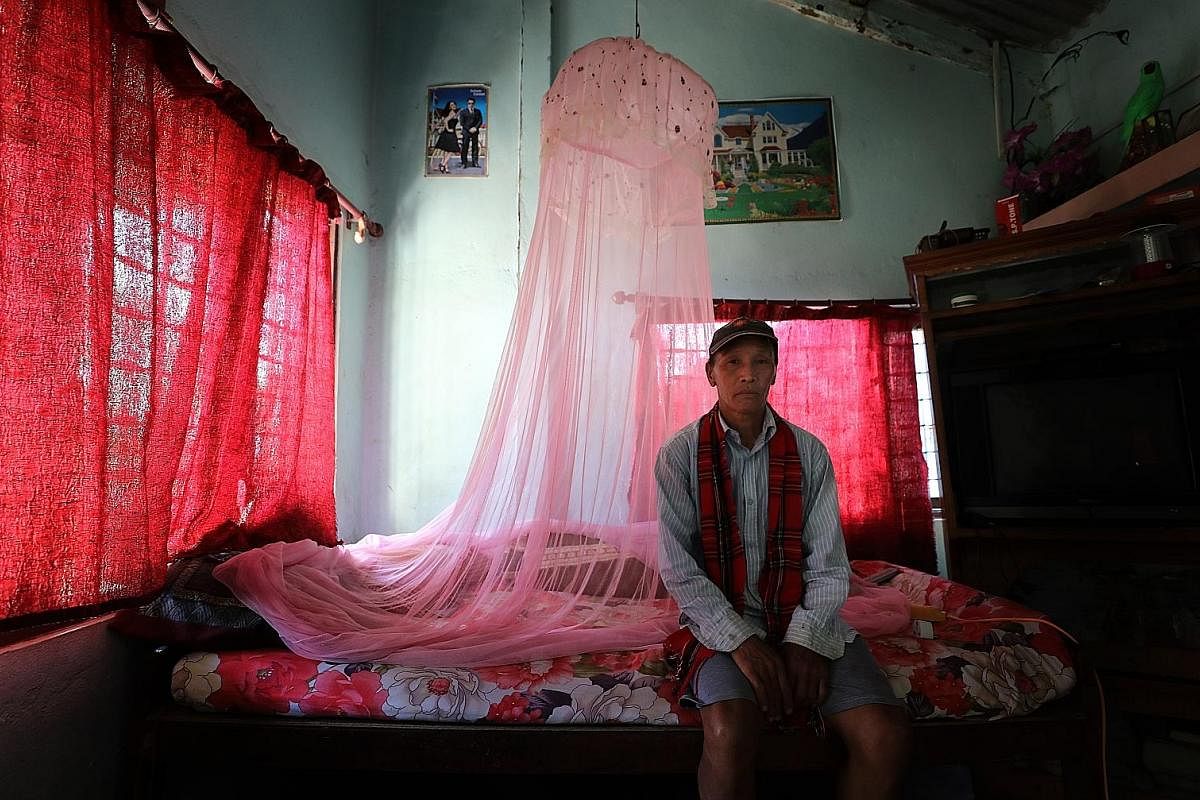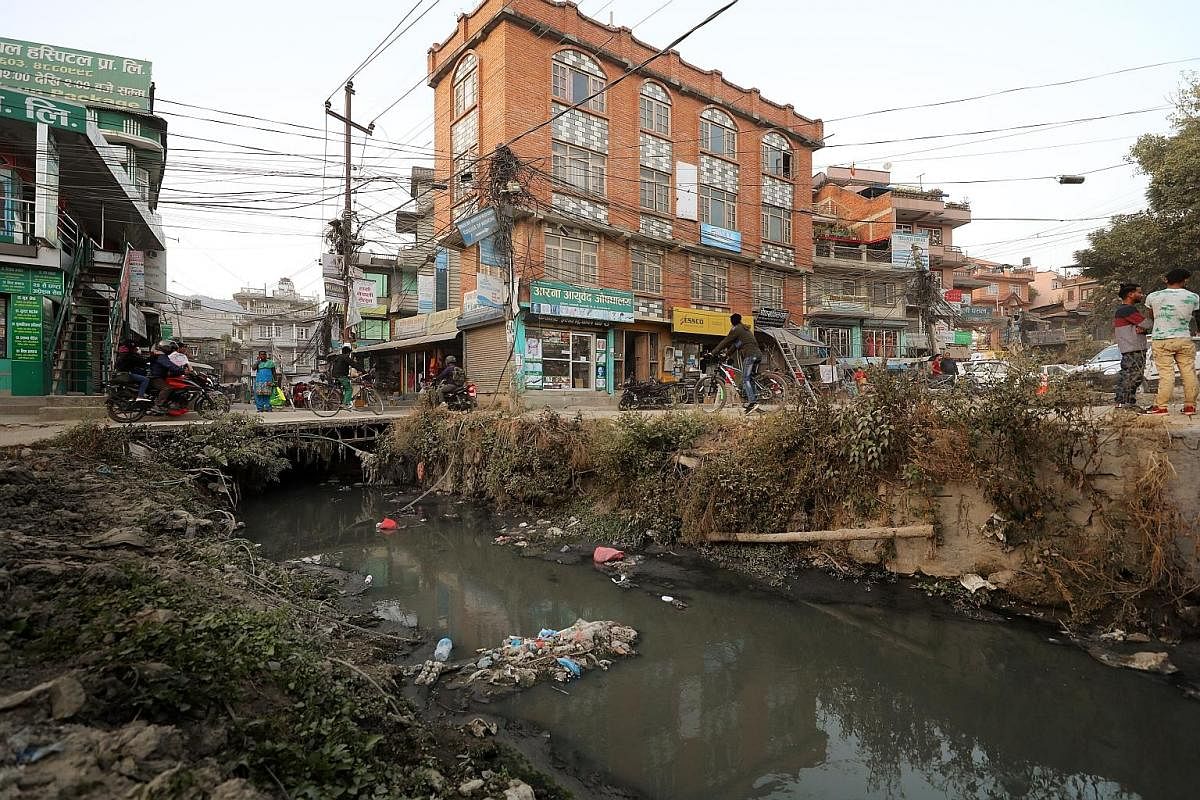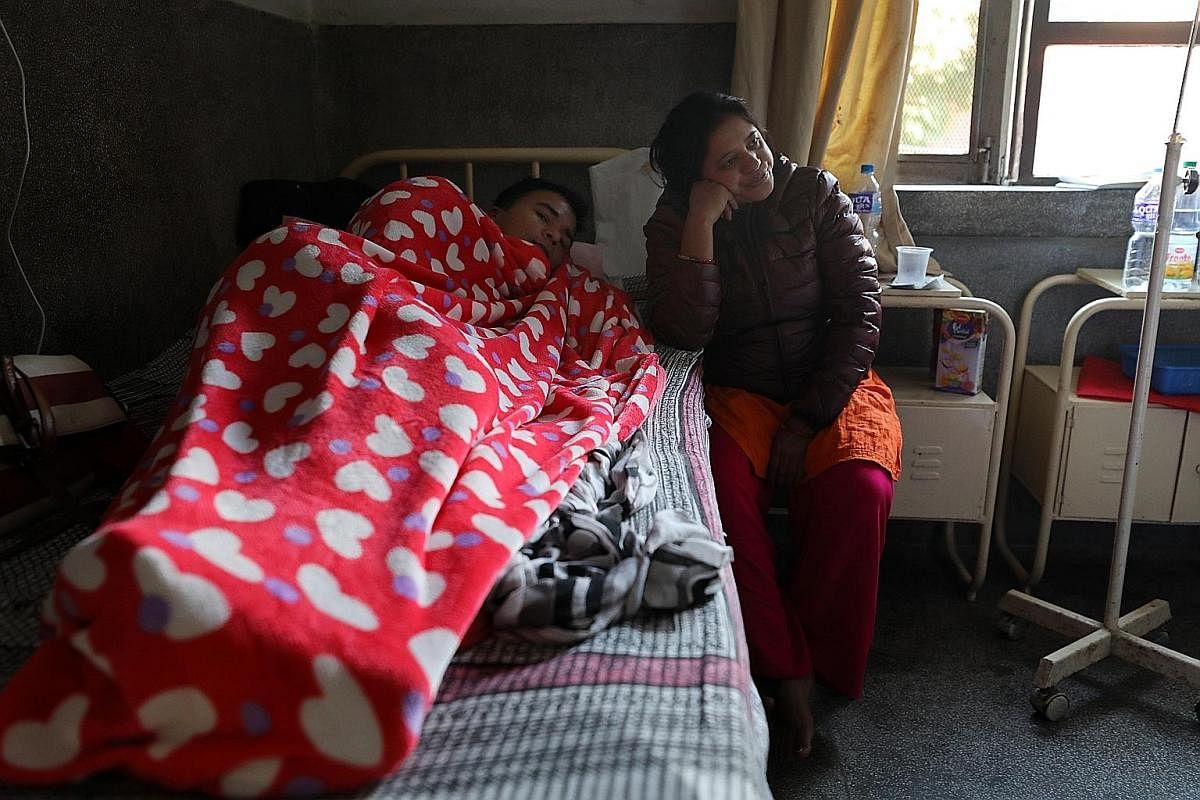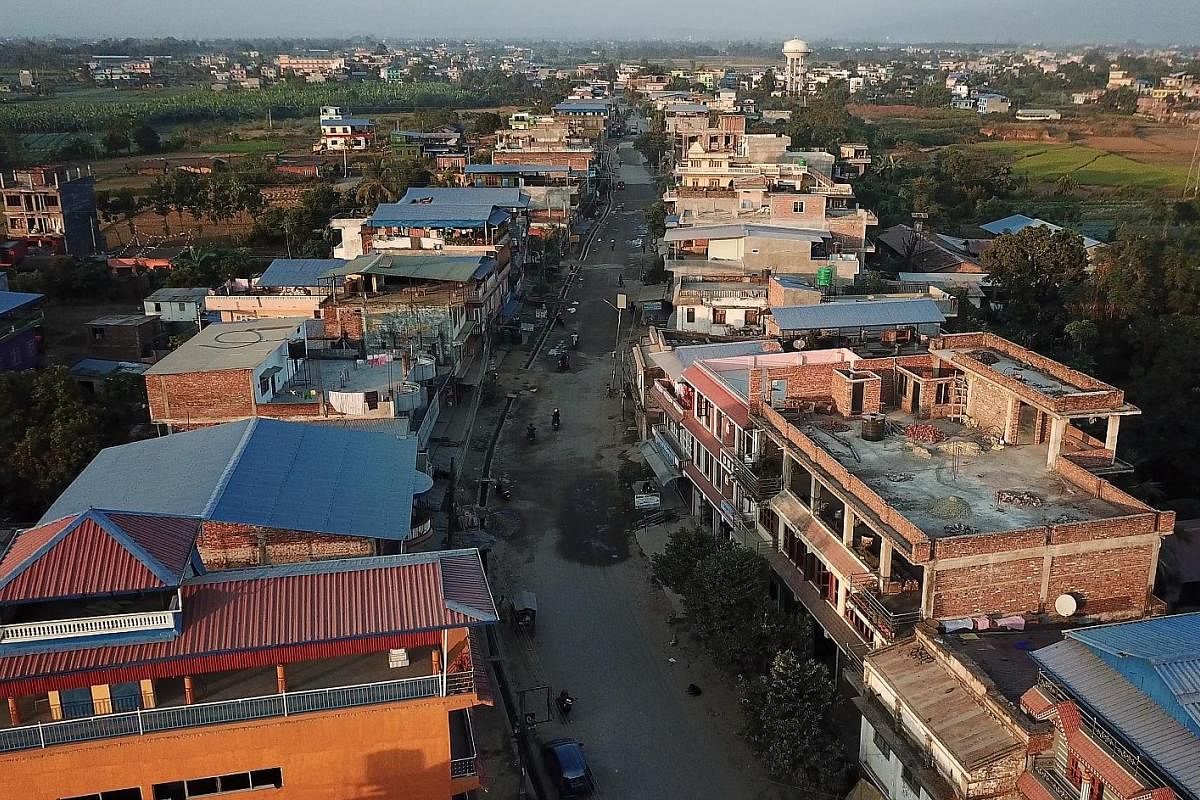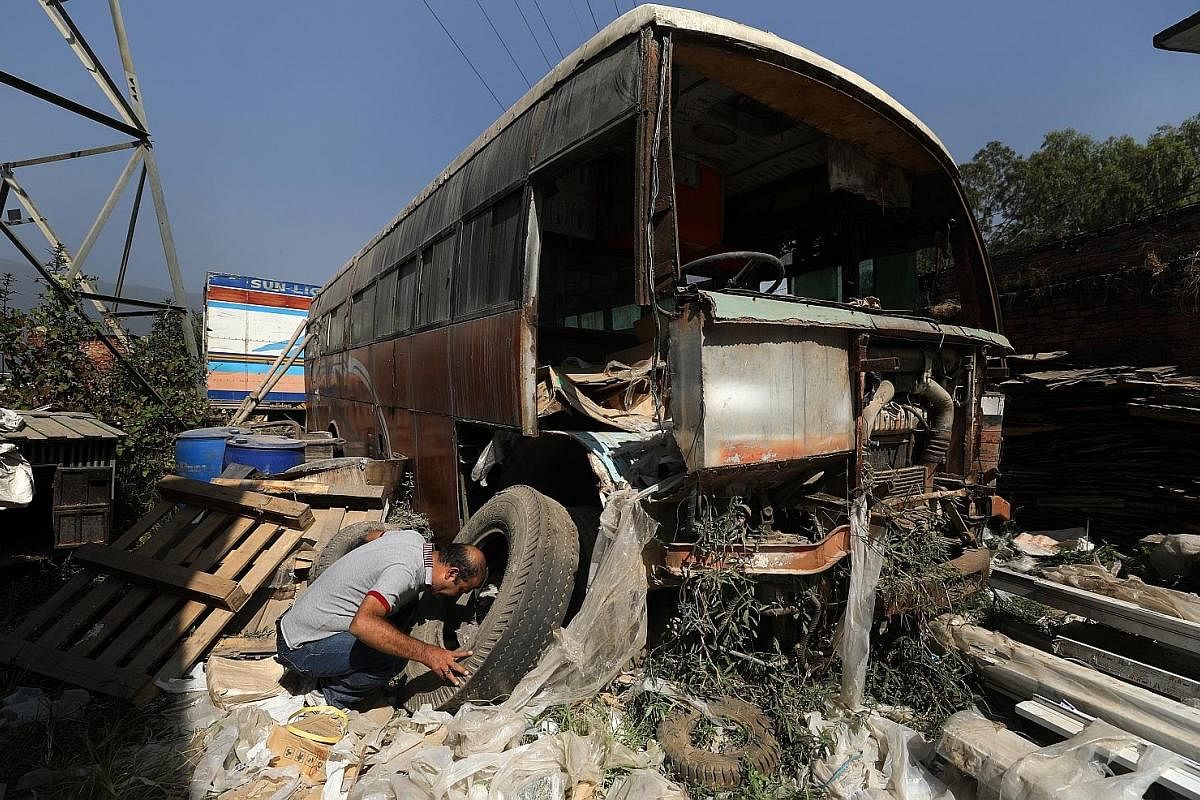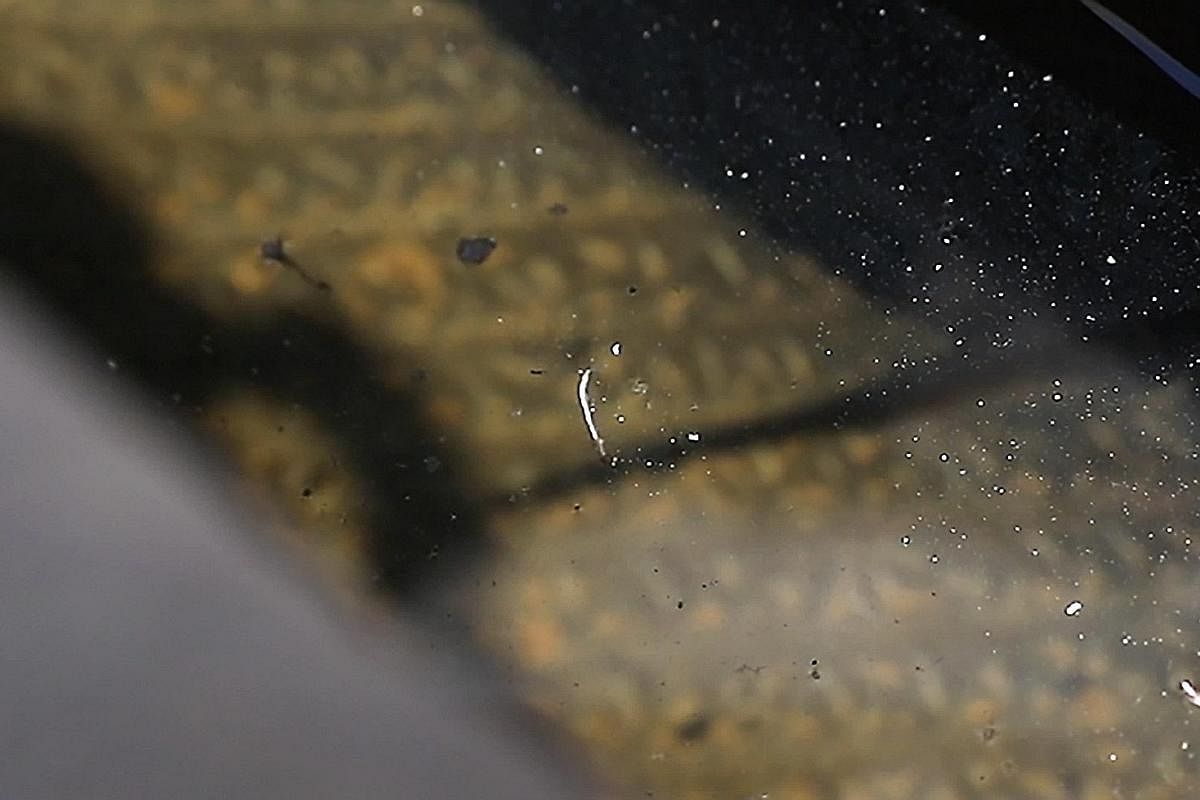Dengue is often called breakbone fever, and Mrs Yanki Lama knows exactly why. Last month, she developed a high fever, followed by muscle aches and joint pains worse than anything she had felt before. Off-the-shelf painkillers failed to work. That same day, she visited a doctor who told her she had dengue fever.
But the diagnosis puzzled the 37-year-old, who runs an eatery in Kathmandu, Nepal's capital city, which sits 1,400m above sea level.
"I thought that dengue was seen only in the lowland areas," Mrs Lama said. "I was quite surprised that I got infected."
Ten years ago, she would have been largely correct. But scientists in the Himalayan country are growing increasingly concerned as the mosquito-borne disease makes it way to the cooler highland regions.
In 2009, a study published in the Nepal Health Research Council's journal found the dengue-spreading Aedes aegypti mosquito in Kathmandu for the first time. Its authors pinpointed climate change as the major culprit.
THE RISE OF DENGUE
The first report of dengue fever in Nepal emerged only 14 years ago, when a Japanese tourist came down with the illness after visiting the country. Laboratory tests confirmed that this particular strain of dengue had originated in Nepal.
Scattered reports of local cases surfaced in the ensuing years. But in 2010, the country of 29 million people experienced its first major dengue outbreak.
It began in August that year, with doctors in the warmer lowland areas noting an "unusual increase" in the number of patients with fever.
By the end of October, cases had started to appear at higher altitudes, more than 1,000m above sea level, in areas scientists had previously classified as "dengue-free zones".
That year, at least 917 people were confirmed to have dengue through blood tests. Thousands more were suspected to have come down with the disease.
Since then, similar large outbreaks have hit Nepal every three years like clockwork. In 2013, there were 642 confirmed cases. In 2016, there were 1,473.
In Pokhara, Nepal's second-largest city, which is located at the foot of the Annapurna mountain range, 22 cases of dengue were reported just last month.
